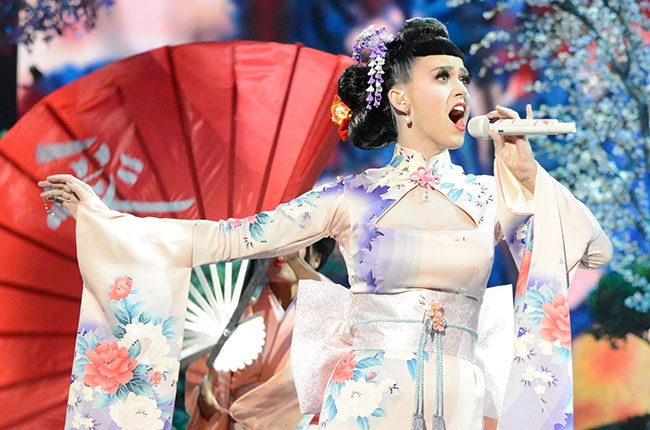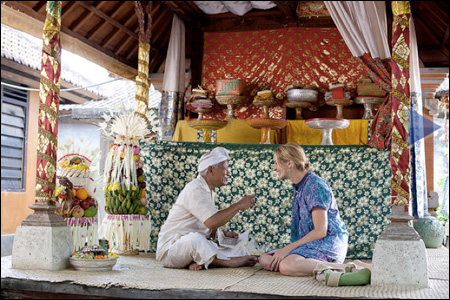Hello everyone,
I can’t believe this is my last blog post on this site, my first year at UBC is coming to a close. It’s strange in some ways but I had a great time, it was a good first year. Having discussed so much during the past months it’s very difficult for me to pick a subject…
As the most recent thing we’ve discussed as a class is this fear of “the other” and how the military in a way produces that and makes people kind of numb to death and violence, I think I’ll discuss that as a closing thought. Taking the film American Sniper, for example, I’d like to emphasise the film’s portrayal of violence. The film caused people to praise the American military for its heroism and courage and others questioned their ability to make someone to be the villain. There’s nothing wrong with someone wanting to defend their country, and the courage they have shown is commendable. But I also wonder about the lives across the sea and the lives that we don’t hear about, they are lives after all, why aren’t we talking about them?
The stark differences between the United States and Iraq are quite obvious in the film. The United States are portrayed as clean and bright and overall organised, the first shot of Iraq that the viewer gets is from the roof from the perspective of Chris Kyle, the buildings are in ruins and the atmosphere is grey and dusty. We later see Kyle barge into a man’s home and assault his family in the search for some answers, but the amount of disrespect that was shown and the careless acts of violence were really quite shocking for me. The creation of “the other” has led some to begin to feel dignified enough to think that their lives and opinions are above everyone else’s.
Who is to say who’s lives matter, from Astu I’ve come to realise that no one is, we’re all the same. We’re all different of course, we have different opinions, different ideas, we don’t always agree, but who is to say who get’s to end someone’s life? This creation of “the other” has led us to be divided, we have a clear idea of what is considered “modern” and what is considered “backwards”, and some attach these meanings to place. Where “western” serves as a barometer for progress. There are no quick and easy solutions to these ideas ingrained into societies, but to solve the problem we must first begin to ask ourselves how this started, and how terms like “First World” and “Third World” have important meanings and thoughts attached to them. How can one way of life be considered better? How come western countries, most specifically the USA, have had so much influence in the ways of thinking that in many aspects they’ve stepped over cultures and societies. We have to begin to unravel and question how our lives in a “modern” country have come to be, and we’re affecting others.
Thank you
Have a nice summer!







